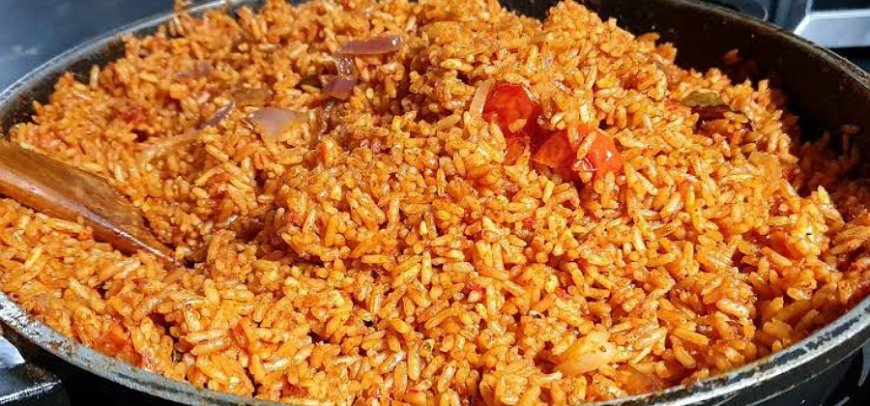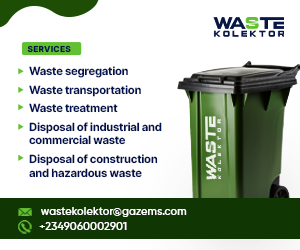Average cost preparing a pot jollof rice hits N20,000 in June- Report

The average cost of cooking a pot of jollof rice increased by 19.6%, from N16,955 to N20,274, between March and June 2024.
This is according to the latest edition of the SB Morgan Jollof Rice Index, which stated that the increase was driven by price hikes in key ingredients such as tomatoes, peppers, rice, turkey, beef, and others during the period.
Regions with Double-Digit Highest Increases
According to the report, residents of Onitsha saw the highest increase in the cost of preparing jollof rice at 50.0%, from N14,900 in March to N22,350 in June. Similarly, Awka saw a notable increase of 33.5%, with prices rising from N15,600 to N20,825. Bauchi experienced a sharp rise, with the cost of preparing jollof rice increasing by 33.0%, from N16,970 to N22,570.
Dugbe Market in Ibadan witnessed a 30.2% rise, with prices increasing from N15,620 to N20,330. Bodija Market also experienced a substantial increase of 27.4%, with prices climbing from N15,430 to N19,660. Nyanya Market in Abuja saw prices rise by 24.9%, going from N17,500 to N21,850.
Regions with Single-Digit Increases
Balogun Market in Lagos recorded the lowest percentage increase at 2.3%, with prices rising from N17,300 to N17,700. Kano saw a modest increase of 3.2%, from N19,100 to N19,710. Bayside Mbakpa Market experienced an 8.2% increase, with the cost of preparing jollof rice rising from N16,550 to N17,900. Calabar Municipal Market recorded a 9.1% increase, with the cost of jollof rice rising from N17,050 to N18,600.
The report attributed the double-digit increase in the cost of preparing Nigeria’s favourite staple to increase in energy cost during the period, transport cost, fluctuations in the foreign exchange market, low food production and a host of others.
It states, “The current situation is compounded by ongoing foreign exchange difficulties, which have increased costs for essential inputs such as pesticides and energy. Furthermore, transportation costs have skyrocketed due to higher fuel prices, and the importation of tomato seeds and pesticides remains dollar-dependent, further worsening the challenge.”
The report further expressed concern over the spike in hitherto cheaper meals in Nigeria such as garri and beans which more than doubled during the period
What you should know
- Nigeria’s current food crisis is well documented, with projections earlier in the year confirming the country is facing one of its worst food crises in a generation. Food inflation in June rose to 40.87%, while headline inflation reached 34.19% in the same month.
- In May, the prices of staple foods such as tomatoes, garri, potatoes, and beans rose by over 30%, according to the National Bureau of Statistics (NBS) food price watch. This reflects renewed price increases in the country despite efforts by governments at all levels to stem increasing food inflation.
- On the other hand, the pass-through from the depreciation of the naira into general inflation and food inflation has become more apparent, with the naira trading at over N1,500 to the greenback despite significant gains recorded in March.
- https://nairametrics.com/2024/07/30/average-cost-preparing-a-pot-jollof-rice-hits-n20000-in-june-report/



 moderator
moderator 





